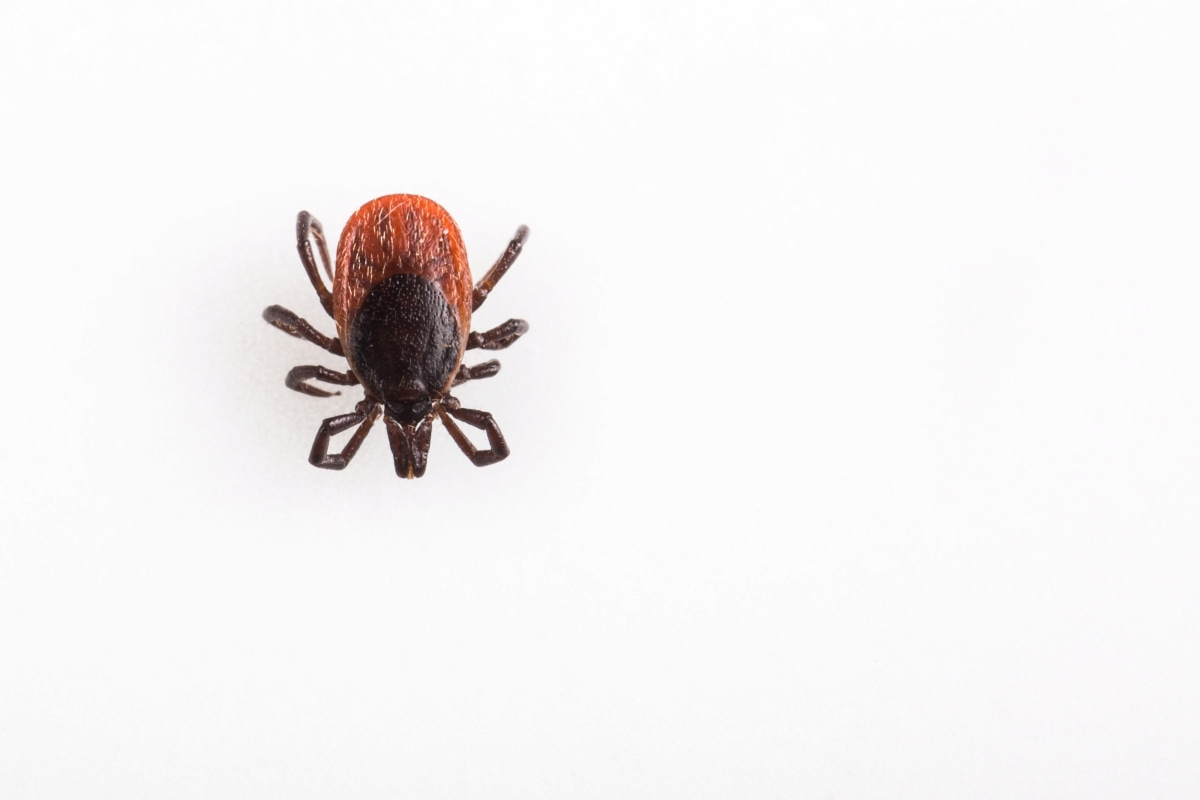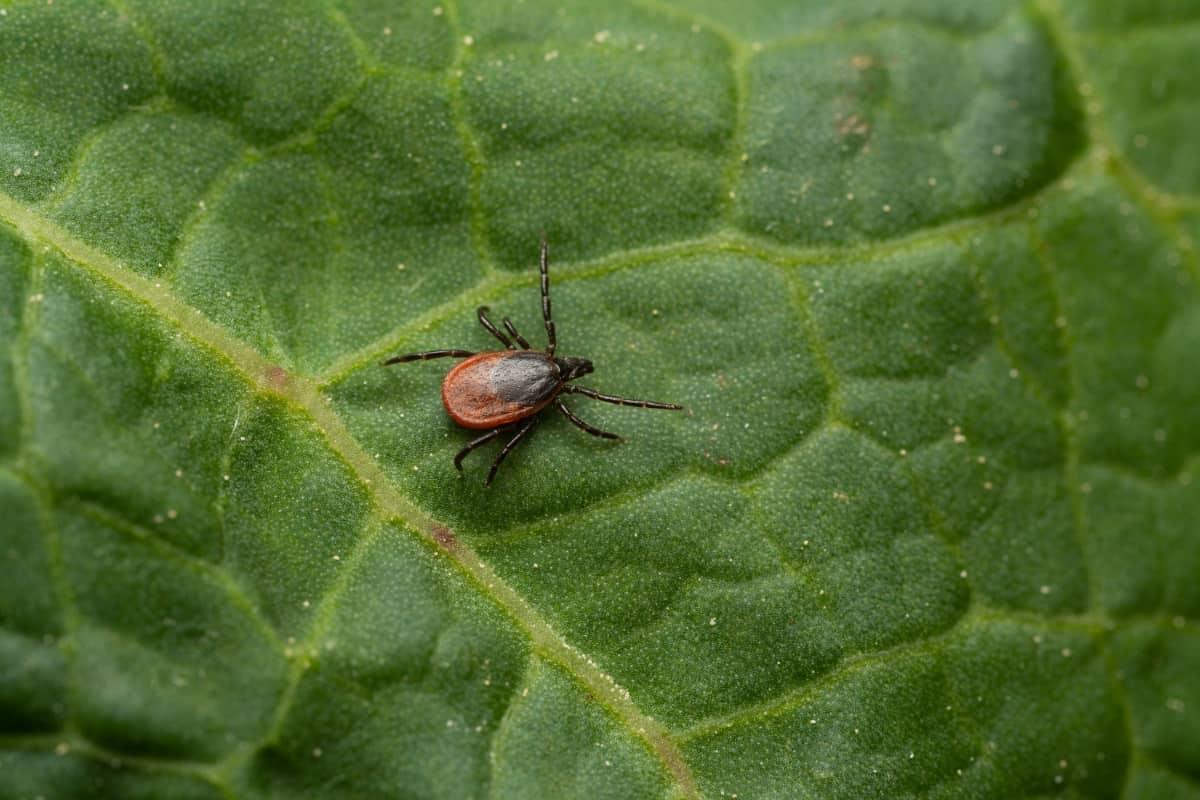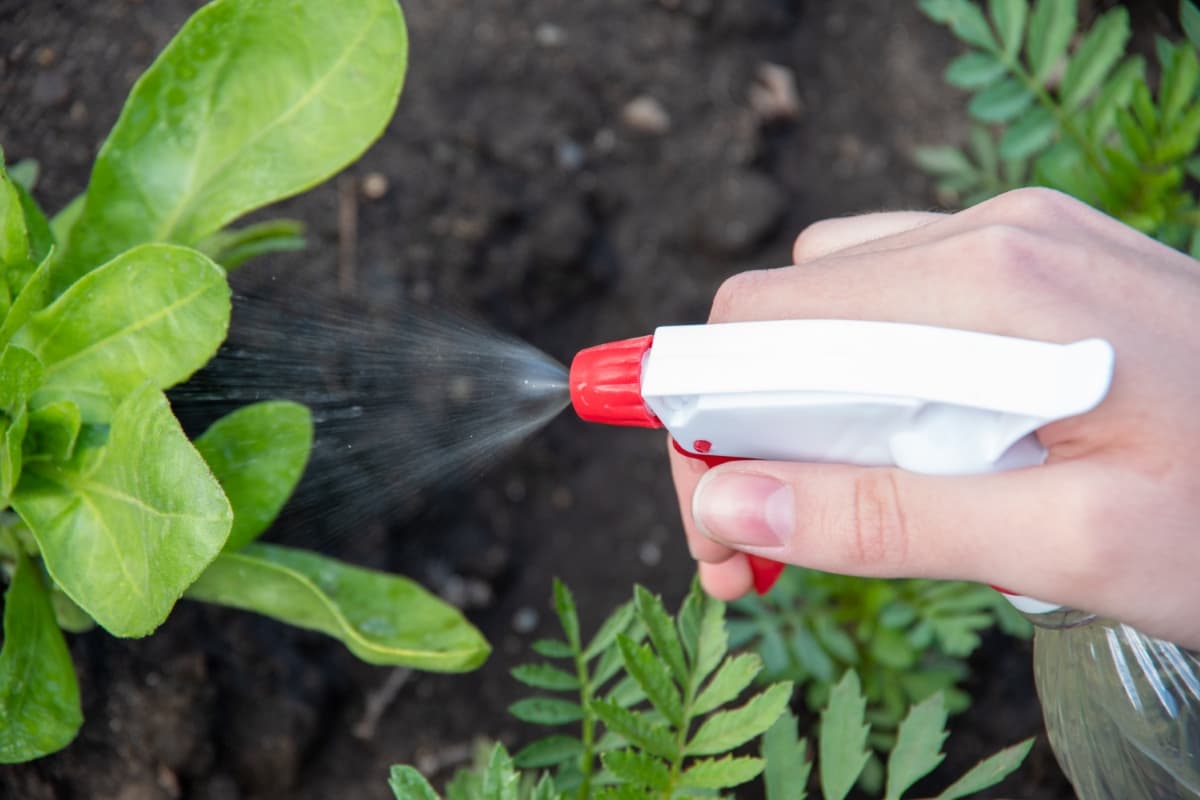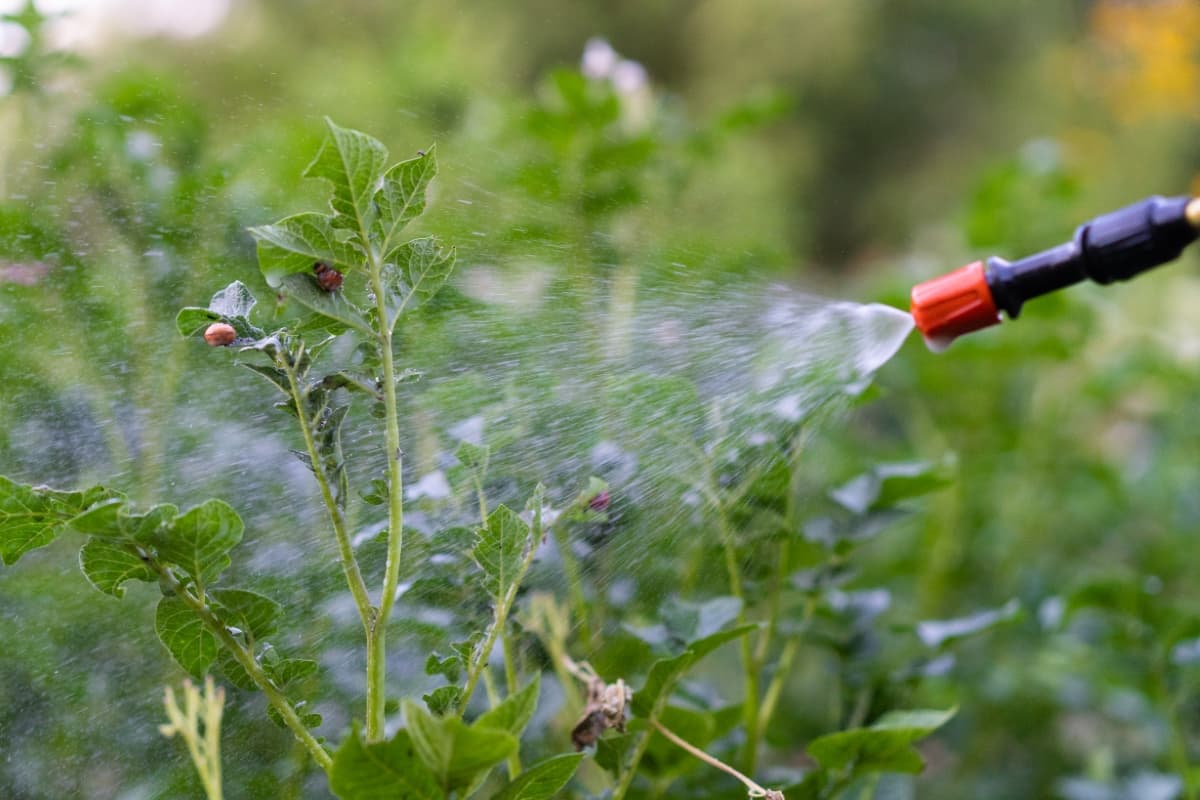Discover the most effective acaricides for tick control, including natural, chemical, and organic options. Learn about safe application techniques, timing considerations, and the environmental impact of acaricides. Explore DIY treatments versus professional services, and understand the importance of protective gear and integrated management strategies.

Assess acaricide effectiveness and optimize landscape management practices for comprehensive tick control. Gain valuable insights into acaricide safety, handling, and best practices for safeguarding against tick-borne diseases.
Acaricide Insecticides for Tick Control
Acaricide for Tick Control
Acaricides are pesticides specifically designed to kill ticks and mites, which are closely related groups of invertebrates. They are a critical component of tick control strategies and are used to reduce tick populations in various environments, including residential, agricultural, and natural settings.
Tick Acaricide Application
The application of acaricides is a strategic process aimed at destroying and controlling tick populations. It involves the use of acaricides to target ticks at different life stages, including eggs, larvae, nymphs, and adults. Proper application techniques and timing are essential for effective tick control.
Best Acaricides for Ticks
The best acaricides for ticks include both chemical and natural options. Chemical acaricides such as permethrin, cyfluthrin, bifenthrin, carbaryl, and pyrethrin are commonly used for their efficacy in killing ticks. Natural acaricides derived from plant extracts and essential oils offer environmentally friendly alternatives for tick control.
Types of Acaricides
Acaricides are chemical or natural substances specifically designed to kill or repel ticks. They can be two main categories: chemical acaricides and natural acaricides.
How Acaricides Work
Acaricides work by targeting the physiology and biology of ticks. They disrupt essential biological processes, such as respiration, nervous system function, or reproduction, leading to the elimination of ticks. Different acaricides have varying modes of action, making it important to choose the right one based on your specific needs and the species of ticks present.
Choosing the Right Acaricide
Several factors need to be considered when choosing the right acaricide for tick control. These include the target tick species, the severity of the infestation, the environmental impact of the acaricide, the safety considerations for humans and pets, and any specific regulations or restrictions in your area.
Comparing Chemical and Natural Acaricides
Chemical acaricides are synthetic compounds specifically formulated to kill ticks. They are highly effective but may have environmental and safety concerns. On the other hand, natural acaricides are derived from plant extracts, essential oils, or biological agents. They offer environmentally friendly option but may have lower efficacy.
Preparation for Acaricide Application
Before applying acaricides, proper preparation is crucial. This includes removing any clutter from the area, mowing tall grass, and identifying tick hotspots. It is also essential to read and follow the instructions provided by the acaricide manufacturer to ensure safe and effective application.
Safety Measures and Protective Gear
When using acaricides, it’s important to prioritize safety. Wear appropriate protective gear, including gloves, long-sleeved shirts, long pants, and closed-toe shoes. Avoid contact with skin, eyes, and follow the manufacturer’s instructions for handling and storage.
In case you missed it: How to Kill Dog Fleas and Ticks with Neem Oil: Right Mix for Homemade Neem Oil Flea Spray Recipe

Pre-Treatment Checklist
Before applying acaricides, conduct a pre-treatment checklist. This involves identifying the tick species present, assessing the infestation level, and determining the appropriate acaricide application method and dosage.
Application Techniques for Acaricides
Acaricides can be applied using various techniques, including spraying, dusting, or granular application. The choice depends on the specific acaricide, the area to be treated, and the target tick species. It’s important to follow the manufacturer’s instructions for the correct application technique.
Spraying Techniques
When spraying acaricides, ensure thorough coverage of the target area. Pay attention to areas where ticks are likely to hide, such as tall grass, shrubs, and shaded areas. Apply the acaricide evenly and at the recommended concentration.
Timing and Frequency of Application
Applying acaricides at the right time and frequency is crucial for effective tick control. The timing of application depends on the tick life cycle and the specific acaricide being used. Multiple applications may be necessary to target different life stages of ticks.
Natural and Organic Acaricide Options
Natural and organic acaricides offer alternative options for tick control. These products are derived from plant-based extracts or biological agents and are generally considered safer for the environment. However, their efficacy may vary, and multiple applications may be required.
Benefits of Natural Acaricides
Natural acaricides offer several benefits, including reduced environmental impact, safety for humans and pets, and potential repellent properties. They can be a valuable component in integrated tick management strategies.
Recommended Organic Acaricides
Some recommended organic acaricides for tick control include neem oil, rosemary oil, garlic oil, and cedar oil. These natural products have shown some efficacy in repelling or killing ticks and can be used as part of an integrated approach to tick management.
Chemical Acaricides for Effective Tick Control
Chemical acaricides are highly effective in eliminating ticks, especially in severe infestations. They are available in various formulations, including sprays, powders, and collars. However, they should be used with caution, following the manufacturer’s instructions and any local regulations.
Selecting Chemical Acaricides
When selecting chemical acaricides, consider their efficacy against the target tick species, the safety precautions and restrictions, the application method, and any potential environmental impacts. It is recommended to consult with a professional or local extension service for guidance.
Proper Handling and Usage
Proper handling and usage of chemical acaricides are essential for safety and effectiveness. Follow the instructions by the manufacturer, including dosage, application method, and safety precautions. Store and dispose of the acaricides responsibly to minimize environmental impact.
Integrated Tick Management Strategies
Integrated tick management involves combining multiple control methods for the most effective and sustainable results. This includes the use of acaricides, as well as habitat modification, landscape management, tick-resistant vegetation, and regular monitoring.
In case you missed it: DIY Lavender Oil Spray for Deterring Fleas, Ticks, and Moths from Gardens

Combining Acaricides with Other Methods
Acaricides can be combined with other control methods, such as habitat modification and landscape management, to enhance the effectiveness of tick control efforts. Integrated tick management strategies provide a comprehensive approach to reducing tick populations and their impact on humans and animals.
Landscape Management for Tick Reduction
Proper landscape management can help reduce tick populations. This includes maintaining well-manicured lawns, creating tick-safe zones, and minimizing tick-friendly habitats, such as leaf litter and overgrown vegetation.
Post-Acaricide Application Monitoring
After applying acaricides, it’s important to monitor the effectiveness of the treatment. Regularly inspect areas for any signs of re-infestation or tick activity. This will allow for timely reapplication if necessary.
Assessing Effectiveness
Assessing the effectiveness of acaricide treatments involves tracking tick populations, monitoring tick activity, and evaluating the impact on tick-borne disease transmission. Consult with local experts and extension services to determine the most appropriate evaluation methods for your specific area.
Ongoing Monitoring and Maintenance
Tick control is an ongoing process requiring continuous monitoring and maintenance. Regularly inspect your property for ticks, implement preventive measures, and follow recommended tick control practices to ensure long-term effectiveness.
In case you missed it: Homemade Insecticides for Mushrooms: How to Get Rid of Pests in Mushrooms with DIY Recipes

Conclusion
Mastering tick control through acaricide insecticides requires careful consideration of various factors. By selecting the right acaricides, applying them safely and effectively, and implementing integrated management strategies, you can effectively manage tick populations and reduce the risk of tick-borne diseases in your environment.
- Beneficial Insects in Pest Management
- Natural Solutions for Pest Control in Flower Gardens
- Types of Fungicides Used in Agriculture
- Common Issues in the Fruit Development Stage of Pomegranate Farming
- Fruit Development Issues in Papaya: Easy Solutions and Treatment
- Soil-Borne Diseases and How to Protect Your Plants
- Practices to Prevent Disease Spread in the Garden
- From Wilted to Thriving: How to Treat Root Rot Naturally in Houseplants
- Natural Remedies to Cure Brown Spots on Fig Tree Leaves